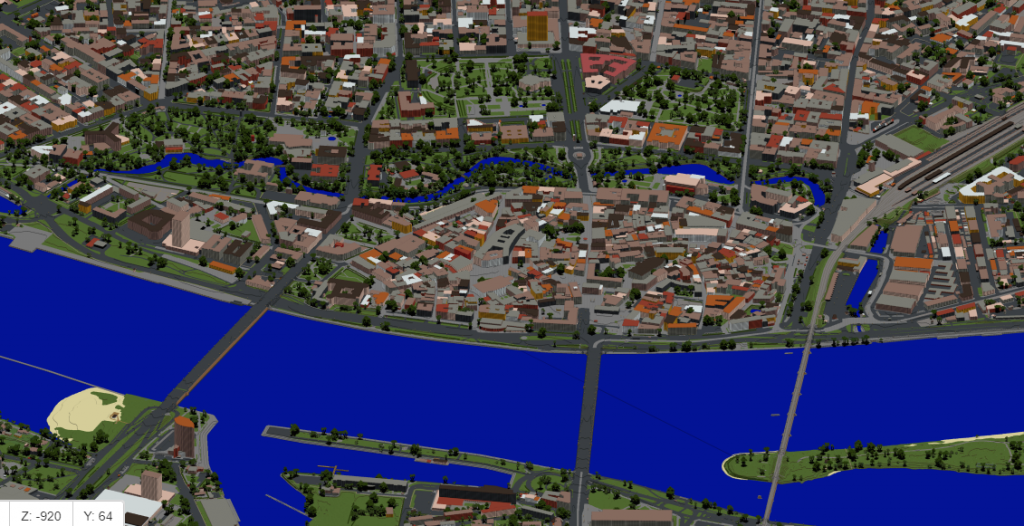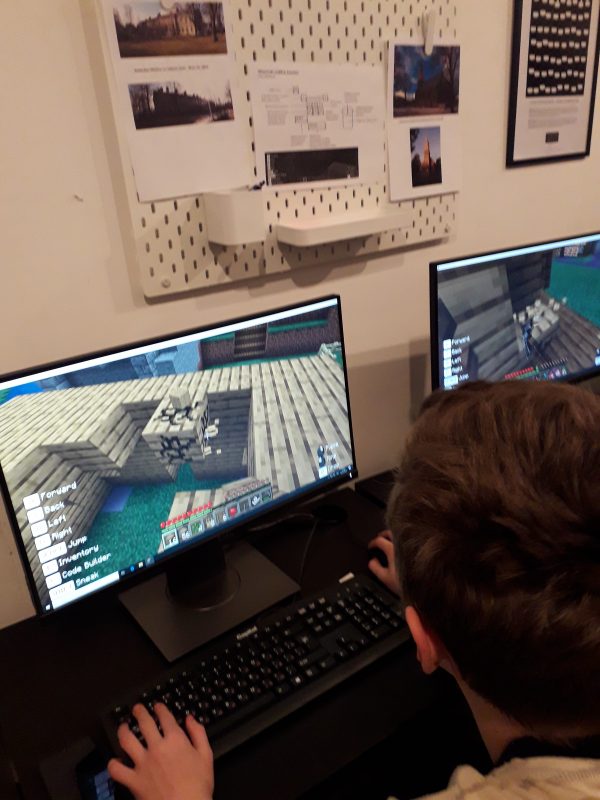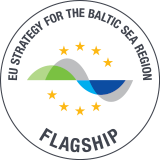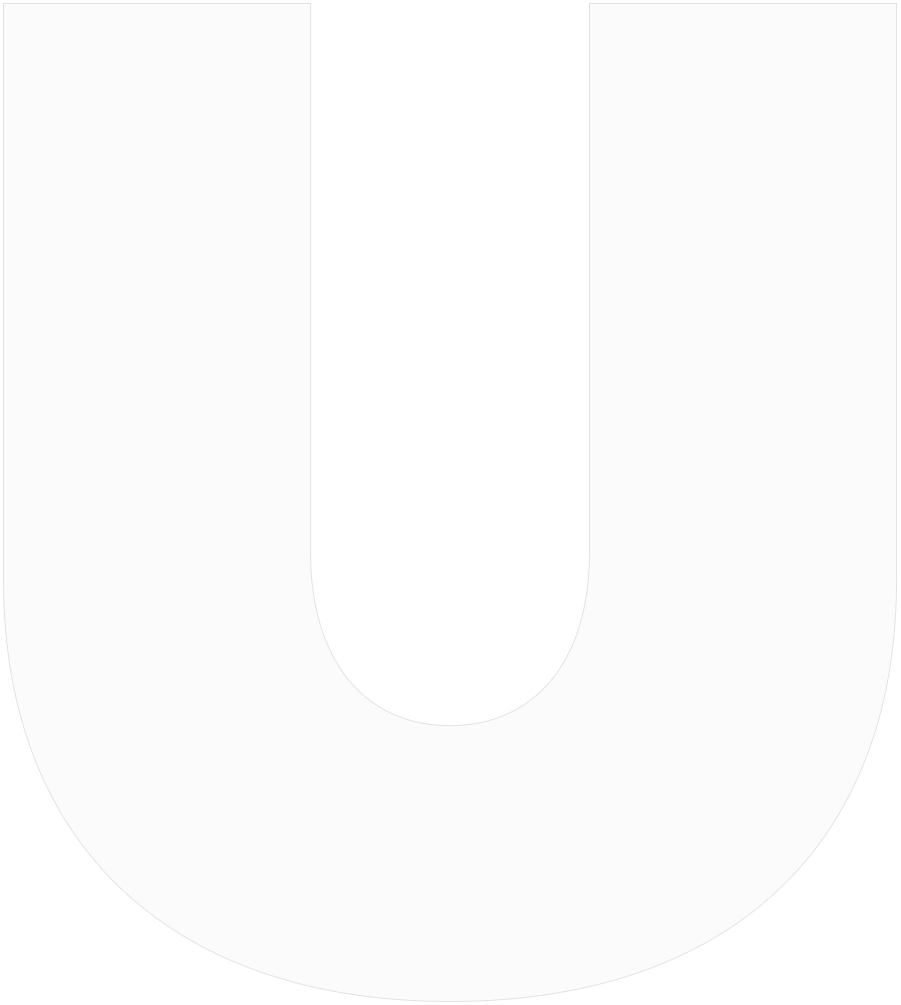Justīne Panteļējeva works at the Riga City Development Department that look into strategic planning with a long-term perspective on city development. As a partner of the Urb Cultural Planning, Riga City Council is trying to solve economic issues with an innovative approach, also aiming to involve the youth in urban planning. When planning culturally in times of the coronavirus lockdowns, we asked Justīne and her team to describe the way they work with the method of cultural planning online. Here is an answer on how can municipal planners and the city benefit from using Minecraft as a digital tool to engage young people in their local community.

Why Minecraft
Minecraft is a 3D video game that can be played in two modes: survival mode where you fight monsters and creative mode where you build and explore. Since its release in 2011, Minecraft has gained more than 90 million active players worldwide. It is very popular among youngsters and easy to access, but why would our municipality use Minecraft in their work?
“Normally it’s hard to reach the youth, but, through the game of Minecraft – it is more than possible!”.
The youngest residents are most often left out in public decision-making. That makes them think they cannot contribute to the processes, but that is not true. Riga City Council wants to acknowledge the importance of the youth participation by creating an opportunity for them to influence, shape, and design urban spaces. It is crucial to build a broader base of citizen involvement and create stronger, more inclusive communities. Through this game, we are able to explore their opinions in decisions that affect them, and to receive and give information and ideas.
Minecraft as a tool for strategic planning is, in fact, already recognized. In 2012, the United Nations was the first to use the game to meet public space planning with the programme they called Block by Block. This programme serves as evidence that active involvement of the youth actually represents an effective strategy for achieving better outcomes. We at Riga City Development Department saw this as a great opportunity to engage young people in city planning and problem solving.
How to get there
Although Minecraft as a tool for strategic, urban planning isn’t completely new, the methods and approaches vary a lot depending on which specific outcomes you are working towards. At this point, the City Council is exploring Minecraft as a non-verbal tool for communication to foster local activism among pupils in school settings. This will help the local youth become more connected to their neighbourhood.
A special Education Edition of Minecraft is available for classrooms as a platform for school projects. The tools available in this version have proved effective for learning, and to promote critical thinking and collaboration in subjects such as math, science, and history.
However, it also has its limitations when it comes to making it fit into other subjects. Right now the City Council is in close dialogue with crafting specialists from Datorzinību Centrs to create a version that leads to where we want to go with this. The Department has to develop new settings and questions in order to promote creativity and problem solving that fit into our work in strategic city planning. For that matter, we also collaborate with a group of teachers to find the best solution.
“It is crucial for teachers to be active in this project in order for it to become successful.”
For us, it has been a key point to find an enthusiastic tutor, who would want to be part of the whole process, including finding the right methodology. We are really happy to have found Sandra Konstante, who works at Bolderāja Music and Art School. She is a dynamic part of this project, as she knows best how to work with the pupils and what topics are particularly interesting to work with. Teachers are therefore a huge part in creating the content of the specific Minecraft activities.
The Minecraft activities
At the moment, the department is testing gaming activities with pupils (age 10-14) from Bolderāja Music and Art School. Bolderaja is a suburb in the north of Riga with around 12,500 inhabitants. It is an area segregated mentally and physically from the rest of the city, and therefore is an interesting case to work with.

The goal for the specific activities at Bolderāja Music and Art School is to give the students an opportunity to feel better connected to their city. For us at the department, it is an opportunity to see the neighbourhood from a perspective of the growing generations who live there. The specific activities that the pupil will work with, will – from a cultural planning perspective – give them an chance to find out more about their suburbs and to learn about architecture and history in Riga with Minecraft as their playground.
One activity, for example, is to make a map of the city. In collaboration with specialists from Datorzinību Centrs and the schoolteacher, we have selected 8 cultural and historic buildings in the neighborhood; for example, the Daugavgriva fortress. During the play, the pupils have to answer questions and solve tasks related to each building, as well as to work creatively with the architecture and city scapes.
Before recreating the sites in the Minecraft Map of Riga, the pupils have to gather information about the historic background about the buildings and the neighborhood in general. The result will be a ‘digital classroom’ in the Minecraft Education Edition in which you will be able to learn about these 8 sites. Hopefully, this will be published online for anyone – individually or collectively in classroom – to access.
The future
“Our goal is to develop an universal ‘digital classroom’ that can be used in every school”.
Riga City Council started the Minecraft activities at Bolderāja Music and Art school in late February 2020. The idea is to continue once a week until the end of May to have a clear picture of how this can work. By then, our goal is to develop a universal edition that can be used in classrooms in every school. I order to do this, our team has to follow the process closely, and constantly work on improving the design, different strategies and their collaboration with the teacher.
One of the biggest issues right now is that the Education Edition of Minecraft is not compatible with other versions of the game (such as Java). Our activities are constructed in the Java version since this is the most common one you use to play at home. Therefore, the next move is to find a way to transfer the digital classroom to Education Edition so that it is accessible to everyone within school settings. Furthermore, the content of the digital classroom will also need to be translated into English so that more people in the Baltic Sea Region can benefit from it.
After the local activity has ended, our tasks will be to evaluate the results and find a way how to transfer this unique experience to more classrooms in Riga. Finally, our team will have to look at how we can communicate this method more broadly. Riga City Council is planning on having an exhibition of the activities in the summer. Stay tuned!
Justīne Panteļējeva
Strategic Planning Specialist
Riga City Development Department








